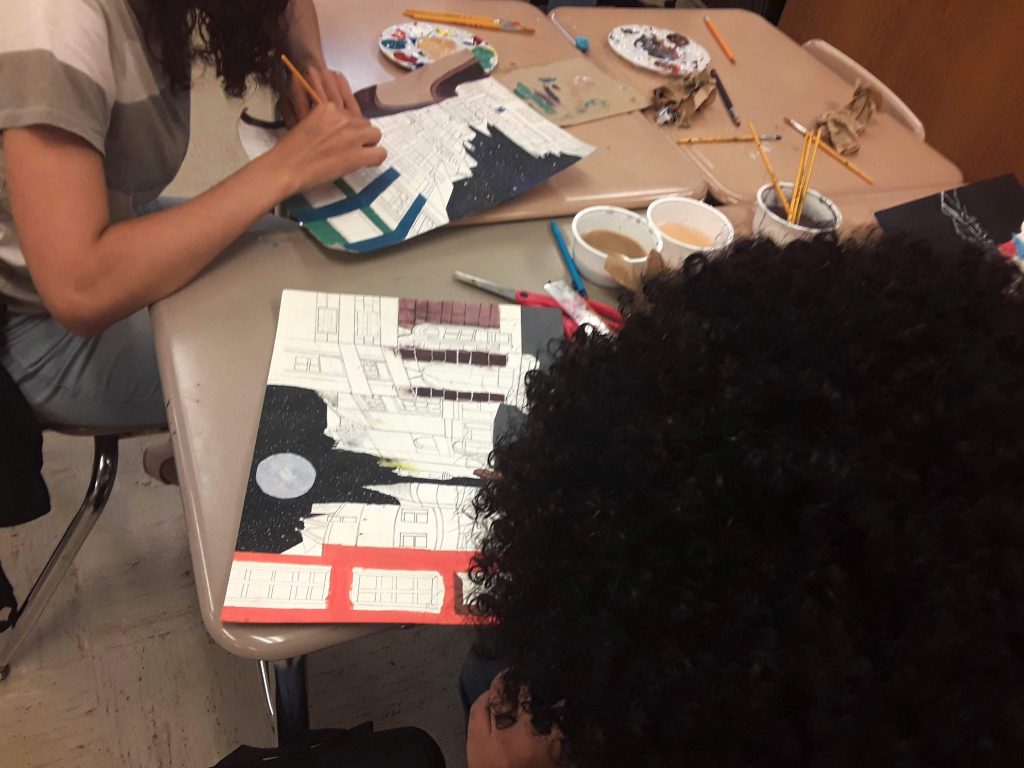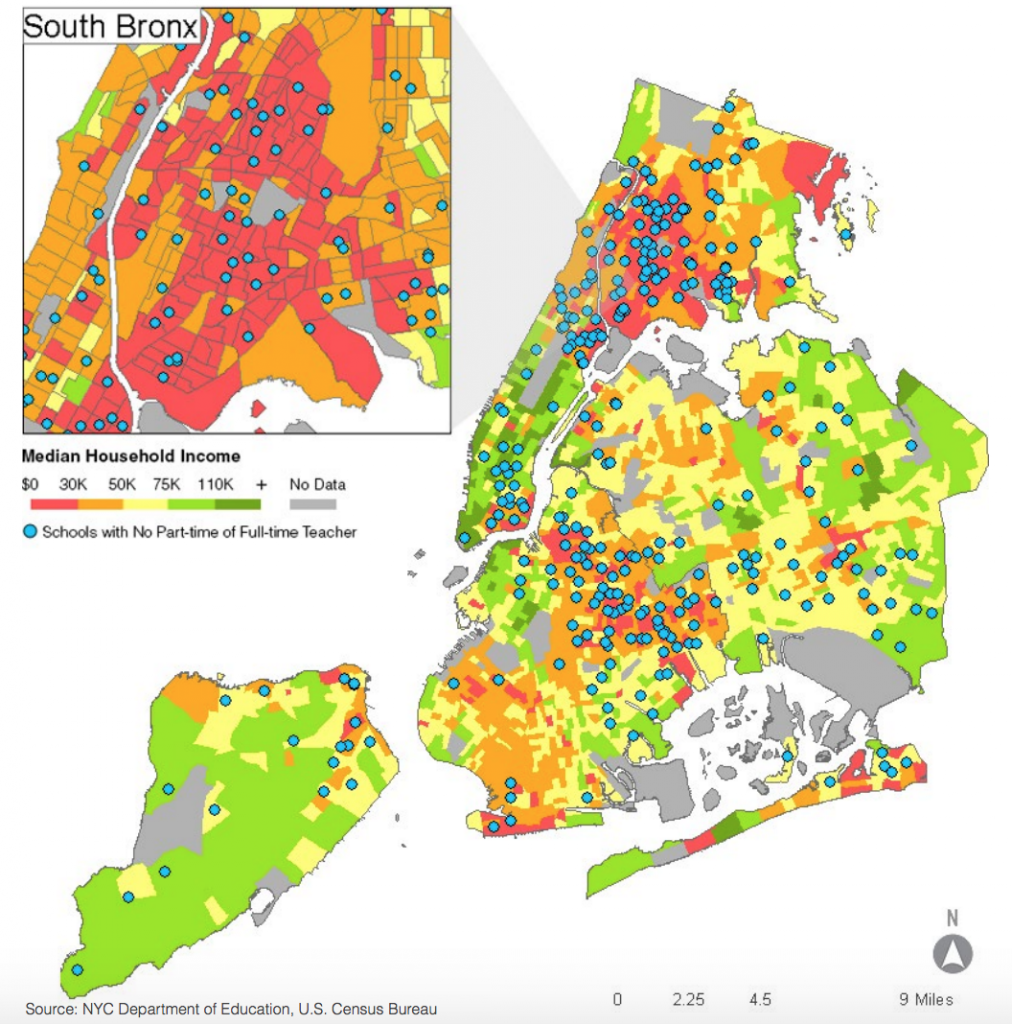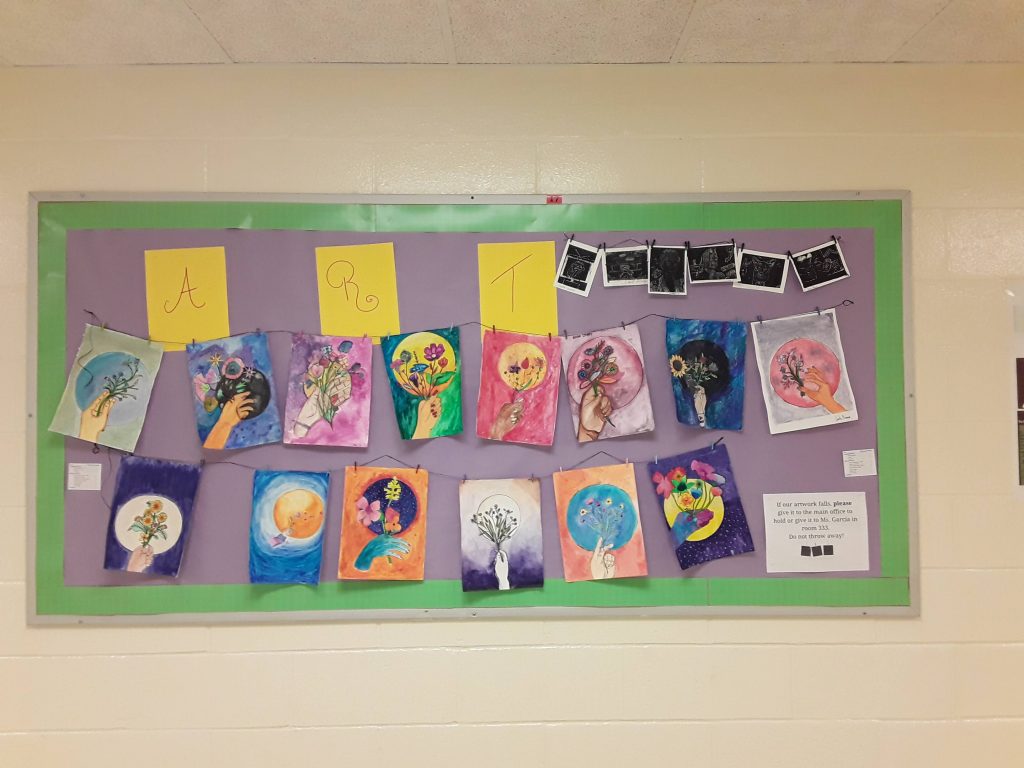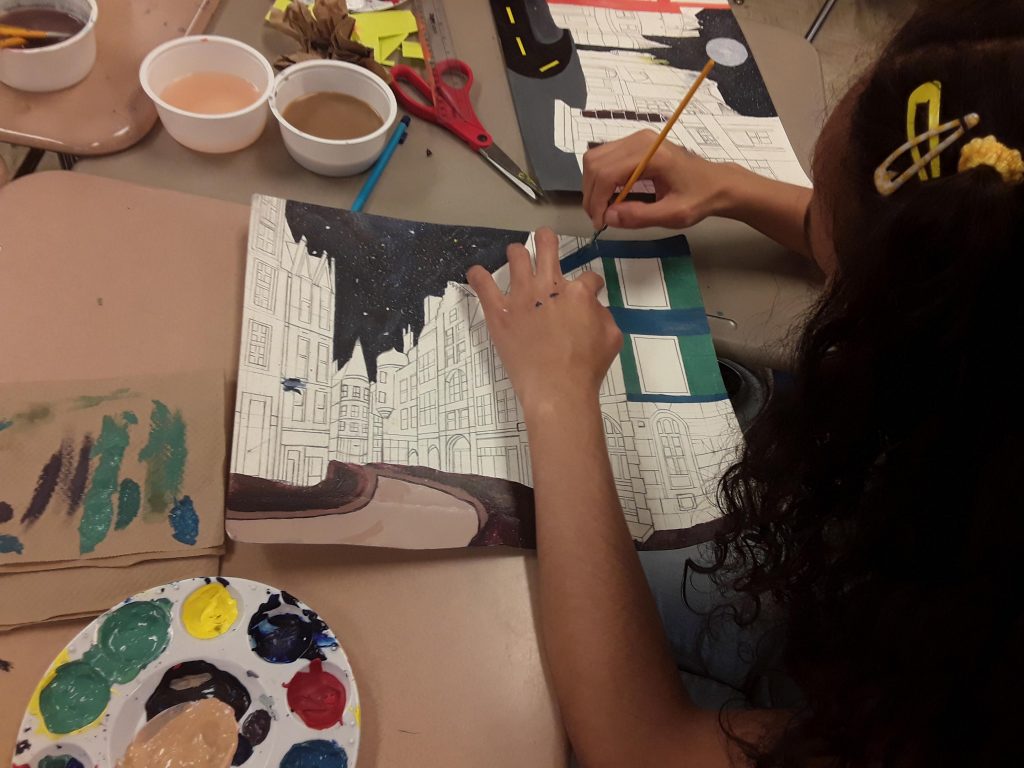Politics
New York City’s 2021 Budget Slashes Already Modest Funding for Public-School Arts Education by 70 Percent
The 2021 budget also includes an 11 percent reduction to the Department of Cultural Affairs.

The 2021 budget also includes an 11 percent reduction to the Department of Cultural Affairs.

Sarah Cascone

New York City’s $88.1 billion austerity budget for the 2021 fiscal year passed on Tuesday night. In addition to a hotly contested $1 billion cut to the police department, Mayor Bill de Blasio’s plan includes devastating cuts to art education in the city’s public schools, despite a celebrity-backed campaign to keep funding in place.
Budgets across departments have been slashed as the city looks to recover from an estimated $9 billion loss in tax revenue due to the shutdown. Among the hard hit is New York City’s Department of Education, which will see $15 million cut from the $21.5 million budget for arts education services in middle and high schools—a roughly 70 percent reduction.
The city budget also includes cuts for the Department of Cultural Affairs, which has been allocated $189 million for 2021, as opposed to a record $212 million in 2020. New York City’s cultural budget is the largest in the country, and often outpaces the National Endowment for the Arts. The cutback amounts to an 11 percent cut, which was not as deep as some feared.

Occupy City Hall artwork. Photo by Ben Davis.
The austerity measures coincide with a broader debate over the budget, which originally allocated $5.64 billion to police for the 2021 fiscal year. As Occupy City Hall activists set up camp downtown, covering City Hall Park and the nearby subway station in protest art, the mayor agreed to cut $1 billion from the department—but those measures have been criticized as “smoke and mirrors” that see police costs transferred to other parts of the budget.
When the arts education numbers were first unveiled in April, the NYC Arts in Education Roundtable launched a major advocacy campaign, called Arts Are Essential, to pressure the city to restore arts education funding. Among those who endorsed the cause were actor and art collector Alec Baldwin and the original cast of Hamilton, as well as museum directors Thelma Golden, of the Studio Museum in Harlem, and Laura Raicovich of the Leslie-Lohman Museum of Art.
“Now more than ever, the students need the arts as a vehicle to express themselves, to build community, to think critically, and also to process the world around them, from the reality of this pandemic to the reality that systemic racism persists in our school system, one of the most highly segregated school systems in the country,” Kimberly Olsen, the organization’s executive director, told Artnet News.
Just six years ago, the city comptroller issued a comprehensive report about the shortcomings of art education in New York City schools. New York State Education Law requires students in grades seven through 12 to receive core arts instruction from certified teachers, but the report found that many schools do not meet this requirement—especially in lower income neighborhoods.

Schools without art teachers, compared to the neighborhood’s household income, as of 2014. Image courtesy of the NYC Department of Education and the US Census Bureau.
In response, De Blasio raised arts education funding to $23 million. But some schools still don’t meet the city’s standards.
At Manhattan Bridges High School, a bilingual school for Spanish-speaking children in Midtown, physics instructor Kelly Garcia was conscripted to teach art two years ago. At the time, the school offered no such classes. Now, “there’s always a long waiting list for it,” she told Artnet News, noting that art is a powerful communication tool for her students as they work to master the English language. “Art is really the class where they have the chance to show what they’re thinking and feeling. I feel that to take art away is to remove that release that they have.”
Garcia currently teaches one section of 34 students for a student body of 500, and also runs the after-school music club (there are no music classes). “We’re in New York City the cultural capital of the world,” she said. “Broadway is just a few blocks away, and yet we don’t have anything for them.”

Artwork by Kelly Garcia’s class at Manhattan Bridges High School. Photo by Kelly Garcia.
Public school students’ already-limited access to art classes will now likely be reduced further—mirroring what happened in the city in the 1970s, when funding cuts saw arts teachers lose their jobs and studios converted into classrooms.
The 2021 budget also slashes $3 million from the $17.3 million Cultural After School Adventures (CASA) program, a partnership with New York City Council and the Department of Cultural Affairs that connects schools with over 90 cultural organizations. The cut is less than the $4 million initially proposed, but still creates a considerable squeeze. “Cultural organizations are really filling a gap for arts instruction in New York City schools,” Olsen said.
The mayor’s office, DOE chancellor Richard A. Carranza, and the DOE’s Office of Arts & Special Projects did not respond to inquiries from Artnet News.

Kelly Garcia’s art class at Manhattan Bridges High School. Photo by Kelly Garcia.
As part of its campaign, Arts Art Essential argued that arts education cuts were an equity issue. “Arts education is a right for all New York City students, especially students who are Black, indigenous, or people of color,” Olsen said. These cuts, she added, would “deprive students of an equitable education.”